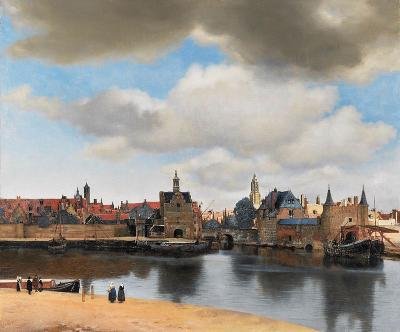
Delft
- Details
- Category: North Holland - places to visit

Delft is a city and a municipality in the Netherlands. It is located in the province of South Holland, to the north of Rotterdam and south of The Hague. Delft is known for its historic town centre with canals, Delft Blue pottery, the Delft University of Technology, painter Johannes Vermeer and scientist Antony van Leeuwenhoek, and its association with the royal House of Orange-Nassau.
Early history
The city of Delft came into being aside a canal, the 'Delf', which comes from the word delven, meaning delving or digging, and led to the name Delft. It presumably started around the 11th century as a landlord court.
From a rural village in the early Middle Ages, Delft developed to a city, that in the 13th century (1246) received its charter. (For some more information about the early development, see Gracht).
The town's association with the House of Orange started when William of Orange (Willem van Oranje), nicknamed William the Silent (Willem de Zwijger), took up residence in 1572. At the time he was the leader of growing national Dutch resistance against Spanish occupation, known as the Eighty Years' War. By then Delft was one of the leading cities of Holland and it was equipped with the necessary city walls to serve as a headquarters. An attack by Spanish forces in October of that year was repelled.
After the Act of Abjuration was proclaimed in 1581, Delft became the de facto capital of the newly independent Netherlands, as the seat of the Prince of Orange.
When William was shot dead in 1584, by Balthazar Gerards in the hall of the Prinsenhof, the family's traditional burial place in Breda was still in the hands of the Spanish. Therefore, he was buried in the Delft Nieuwe Kerk (New Church), starting a tradition for the House of Orange that has continued to the present day.
Townhall Delft in streetview - Google MapsGoogle Maps
